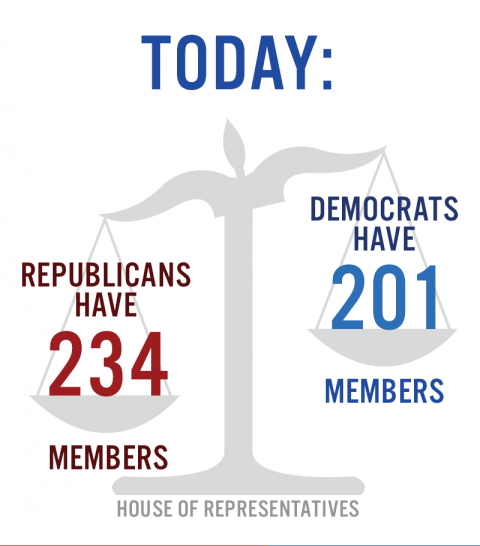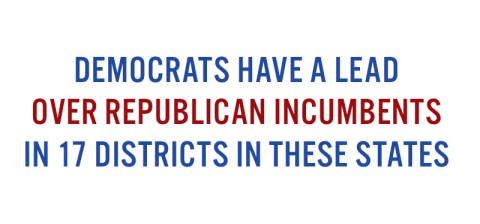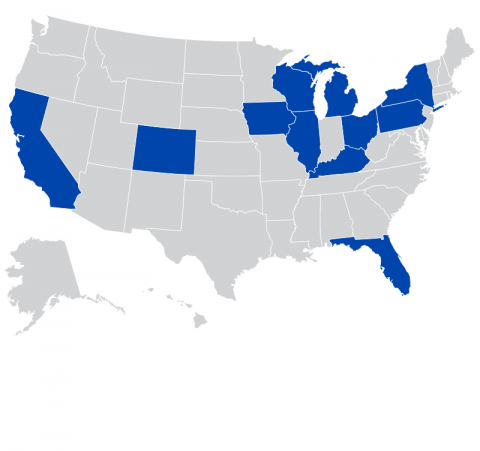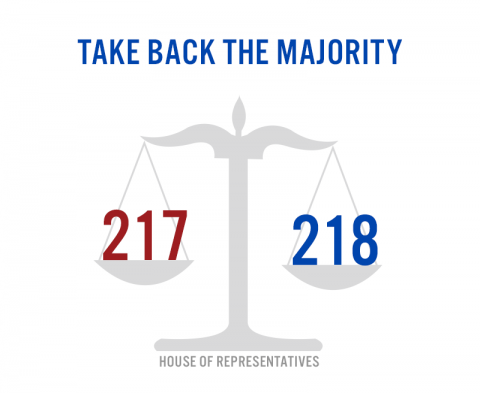It seems like I’m doing these quick-hitter articles more frequently; whether it’s because I’m attracting more interesting news or getting the attention span of a 14-year-old is the question. Now what was I saying?
Oh yeah. Let’s start with the public service announcement that’s part of the “Keep Jim Fineran Occupied Act”:
Due to extreme heat and drought conditions, County Executive Richard M. Pollitt, Jr., has issued a burn ban order for Wicomico County effective immediately. Pollitt took the action on the advice of his Burn Ban Committee. The group is composed of representatives of the County Health Department, the Forestry Service, Emergency Management Services, fire fighters and a local meteorologist.
Of course, there are exemptions so one can still fire up the grill and watch the fireworks after Shorebirds games. (If the ban is still in effect next month the July 4th fireworks will go on.)
It seems to me that Rick Pollitt has wised up on that account, since I recall a few years back that fireworks displays were part of the burn ban and the Shorebirds had to scrub a couple slated shows.
Speaking of which – the next resolution the county needs is to provide an exemption from the 11 p.m. curfew on fireworks. It seems like several times a season the Shorebirds manage to play their extra-inning marathons on fireworks nights and if an inning starts after about 10:40 the fireworks can’t go on. That’s ridiculous.
Now it’s time to go national. For all his faults, Newt Gingrich can sometimes get to the heart of the problem:
To make Washington smaller, we as citizens must become bigger.
We must persuade one person at a time, one family at a time, and one community at a time that we have better solutions than the corrupted, collectivist policies we’ve seen from Washington.
Because the renewal of America can only begin with you, this will be your campaign.
As someone who has been in public life for nearly forty years, I know full well the rigors of campaigning for public office. I will endure them. I will carry the message of American renewal to every part of this great land, whatever it takes.
Next Monday, I will take part in the first New Hampshire Republican primary debate.
The critical question of how we put Americans back to work will be asked of me and the other Republican candidates.
It is the most important question of this campaign.
For Newt, though, a close second in “critical” questions will be who’s going to run his effort. There’s a lot to like about Newt, but perhaps his time has passed him by. I’ll still be interested to hear what he has to say about issues but his intangibles are a definite minus.
Now we come to an interesting dichotomy. This was an e-mail I received from the Barack Obama campaign – I like to get these for laughs. (My editorial comments are in bold.)
We’ve been working on bringing new people (illegal aliens and others dependent on government) into the political process. That will be the story of our campaign from start to finish. (Aside from the billion dollars you plan on raising.)
But right now there’s a concerted effort being made in states from New Hampshire to North Carolina to Ohio to make sure fewer people (Democrats) vote in 2012.
Here’s how they’re doing it: In some crucial battleground states, more than 50 percent of ballots are cast as part of early voting, which makes voting an easier and more flexible process. In 2008, a third of voters nationwide cast their votes before Election Day. (Something tells me this includes absentee ballots, which have nothing to do with early voting.)
These voters tend to be working families and young people, and a whole lot of them voted for Barack Obama — in some states providing our margin of victory. (If they’re still working families, they’re lucky. The young aren’t generally among the working.)
So Republican-controlled legislatures are cutting the amount of time people have to vote early, restricting when and how organizations like ours can register new voters, and making the voting process itself more difficult by requiring new types of identification, which lower-income voters are less likely to have. (So we can’t commit fraud as easily. ACORN screwed the pooch for us.)
They’re doing this because they have cynically concluded that they do better when fewer people vote. (We do better when more informed people vote.)
That’s the opposite of the kind of politics we believe in, and of the kind of campaign we want to run. (Obama believes in raw power and eliminating the field before the vote is held. See Illinois.)
So when we talk about the work this campaign will do to bring new people into the political process — registering new voters, training new volunteers, building an organization — it’s not just the right thing to do. It’s absolutely urgent.
Help us protect the right to vote for all. (Whether they are legally entitled to or not doesn’t matter as long as they vote the correct way, right? That’s why you don’t work too hard to make sure military votes count.)
Personally, I’d love to see 100% of the informed voters turn out. While I think early voting is a crock and didn’t support the concept, the numbers last year proved that not all that many people in Maryland came out to vote early anyway. A state which has “shall-issue” absentee ballots for the asking doesn’t need early voting.
And it looks like voter ID is a losing issue for Obama. Here’s the other, more important half of the dichotomy:
A new Rasmussen Reports national telephone survey finds that 75% of Likely U.S. Voters believe voters should be required to show photo identification such as a driver’s license before being allowed to vote. Just 18% disagree and oppose such a requirement. (To see survey question wording, click here.)
Eighty-five percent (85%) of Republicans support a photo ID requirement at the polls, as do 77% of voters not affiliated with either major party and 63% of Democrats. But then support for such a law is high across virtually all demographic groups.
Supporters of photo ID laws say they will prevent fraud at the polls; opponents insist the laws will discourage many including minorities and older Americans from voting.
By a 48% to 29% margin, voters think that letting ineligible people vote is a bigger problem than preventing legitimate voters from casting a ballot. (Emphasis mine.)
So how does that crow taste, Jim Messina?
Often I refer to the “nanny state” of Maryland, and a study released last week shows I’m pretty much right.
With a hat tip to my uncle Jay, I found out the Mercatus Center at George Mason University ranked all 50 states on a variety of issues related to personal freedom and civil liberties. (Or maybe he reminded me of something I forgot.)
While Maryland scores reasonably well in the category of fiscal freedom – surprisingly, we are 11th while Delaware is 43rd – once we get to regulatory policy the numbers are more of what most would expect: Delaware is 20th and Maryland 44th. Yet in the economic freedom ranking Maryland is again ahead of Delaware, but not by much (28th compared to 33rd.)
The scary part comes when authors William P. Ruger and Jason Sorens calculate the personal freedom index, where Maryland is indeed the ultimate nanny state as we rank dead last. Delaware’s not much better as they rank 44th.
So what states are the most free? South Dakota leads the pack in fiscal policy and economic freedom rankings, Indiana is the standardbearer in regulatory policy, and I was sort of amazed to discover Oregon was tops in personal freedom. Yet the overall winner was the state whose very motto of “Live Free or Die” would suggest they would be on top: New Hampshire. Delaware is 39th and Maryland 43rd.
I do have a few quibbles with the author’s recommendations for Maryland to improve its rankings, because their number one priority would be to legalize civil unions. I think that’s a little bit too radical of a position to make top priority as their number two and number three suggestions are sound regarding marijuana laws and occupational licensing. Their analysis of Maryland as a nanny state is otherwise very sound.
Finally, a personal note of sorts.
There was a blogger awhile back who believed so strongly in his Alexa ratings after a number of “record days” that he thought himself mainstream media. In truth, I haven’t had any “record days” lately because my years of experience tell me political blog readership tails off during the summer, only to rebound after Labor Day.
So I was pleasantly surprised to see that my rank among websites reached a new low for me last week (like golf, a lower score is better.) Yesterday my U.S. Alexa number declined to 61,383 while my world rank reached a new low of 357,454.
Of course, when I compare this to Pajamas Media (U.S. rank 1,402) or even local media outlets like the Daily Times (U.S. rank 22,686) or WBOC (U.S. rank 23,789) I harbor no delusions of grandeur. (I am ahead of WMDT, though – their U.S. rank is 68,045. To me that’s sort of funny.)
But in the end I’m just a guy who writes and is blessed with a fairly solid readership. It’s the reason I write for Pajamas Media, because if I were a more obscure blogger no one would have read what I’d written and decided it was worth taking a chance on.
Unlike many in the writing field, I don’t have a journalism or English degree so I am essentially self-taught. God-given talent and years of practice and perfecting this craft got me to where I am insofar as ability goes, but it’s thanks to my readers that the word spread. It’s why I keep doing this day after day for not a lot of pay, because I enjoy putting together good things to read.
I have a lot of interesting items coming up over the next few weeks, so stay tuned. (No summer reruns here.)







